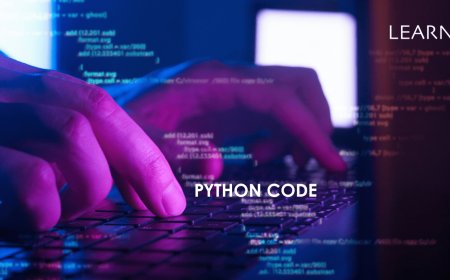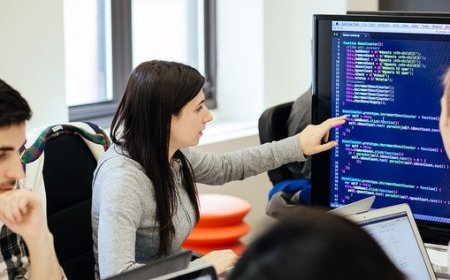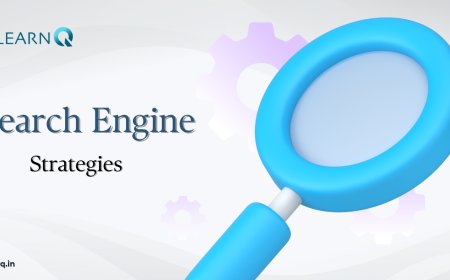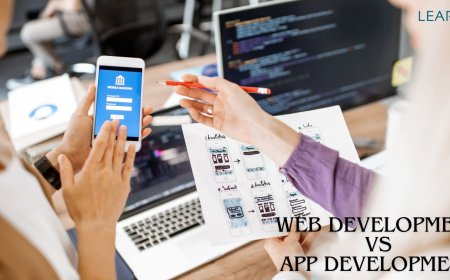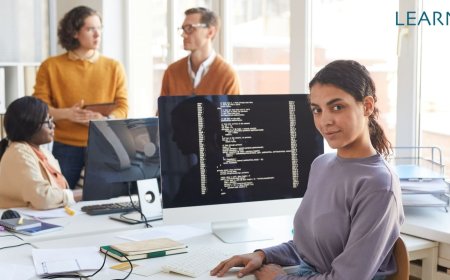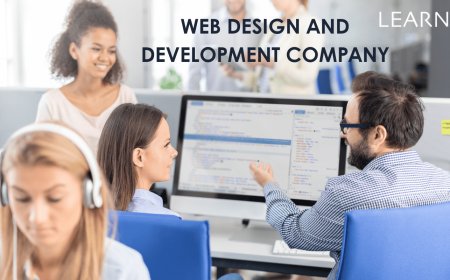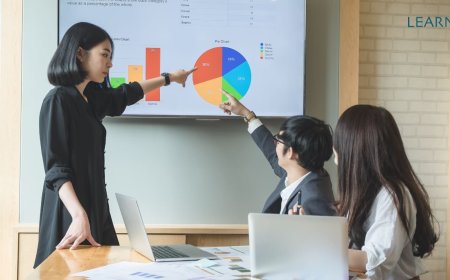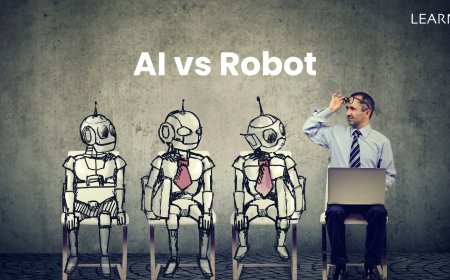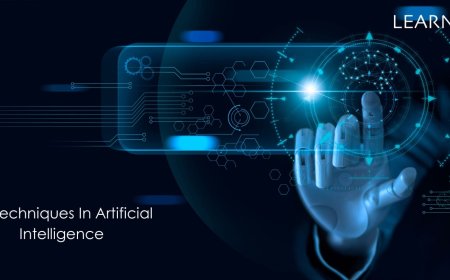python course syllabus
Discover a complete Python course syllabus that covers the basics, data structures, algorithms, object-oriented programming, web development, and more. Begin your Python learning journey today!
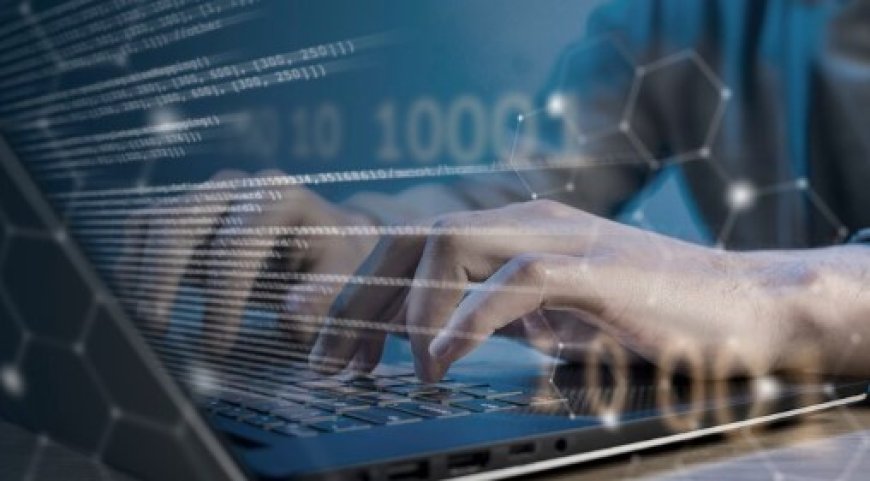
As you all know, python is a popular language used in lots of areas like data science, machine learning, and web development. This course will help you come to be simply correct at Python using coaching on your advanced principles. Why ought you learn Python? We'll see why Python is so beneficial and why many human beings use it for their tasks. Whether you're just starting out or already understand a few Python, this direction will give you a solid foundation.
We'll also explore Python libraries and frameworks. These are tools that make programming easier. They're essential for doing things like data analysis, machine learning, and building websites. We'll learn how to use these tools effectively to make our projects better. Throughout the course, we will focus on fixing problems. Python is not just about writing code it's about the use of code to clear up real-world troubles. By the quit of this route, you may be able to tackle all kinds of challenges in the usage of Python. So, permits commenced on this adventure collectively. We'll learn all about Python and how to use it to build cool matters.
Mastering Python Basics
Are you excited to learn the basics of Python programming? we'll go through the main topics of a Python course, covering important concepts, libraries, packages, and tools that will help you get started with Python.
Python is a really useful and easy-to-understand programming language. Before we get into more complicated stuff, let's cover some basic ideas:
1. Variables and Data Types:
-
In Python, you can save information in what we call variables. They're like little boxes that hold different kinds of stuff.
-
Python can handle all sorts of data, like numbers (whole numbers or decimals), words, lists of things, collections of data, and more.
2. Operators:
-
Python gives you different symbols called operators that you can use to do math (+, -, *, /), compare things (like if something is equal or not), and do logical stuff (like and, or, not).
-
Knowing how to use these operators helps do the math and make decisions in your code.
3. Control Flow Statements:
-
These are commands that help you control how your code runs.
-
They include things like saying "If this is true, then do that", or "Keep doing this until something happens".
-
Knowing these commands helps you write code that runs smoothly and does what you want it to do.
4. Input and Output:
-
Python has built-in commands for getting input from users (like asking for their names) and showing stuff on the screen.
-
Knowing how to handle input and output is important for making programs that interact with people.
Exploring How Data Structures Work in Python
As you peruse your Python course syllabus, you'll likely encounter a fundamental topic: data structures. In Python, data structures play a crucial role in organizing and manipulating data efficiently. Understanding how they work is essential for any Python programmer. Python, with its rich ecosystem of libraries, packages, and tools, offers various built-in data structures that cater to different needs. we'll explore the basics of how data structures work in Python, along with some illustrative code examples.
- Lists
Lists are like versatile containers in Python. They let you store and play around with different kinds of things. Here's how you can use lists:
# Creating a list
my_list = [1, 2, 3, 4, 5]
# Accessing elements
print(my_list[0]) # Output: 1
# Slicing
print(my_list[1:3]) # Output: [2, 3]
# Modifying elements
my_list[0] = 10
print(my_list) # Output: [10, 2, 3, 4, 5]
# Appending elements
my_list.append(6)
print(my_list) # Output: [10, 2, 3, 4, 5, 6]
# Removing elements
my_list.remove(3)
print(my_list) # Output: [10, 2, 4, 5, 6]
- Tuples
Tuples are a bit like lists, but you can't change them once you make them. They're good for things that stay the same.
# Creating a tuple
my_tuple = (1, 2, 3)
# Accessing elements
print(my_tuple[0]) # Output: 1
# Trying to modify (will raise an error)
# my_tuple[0] = 10 # TypeError: 'tuple' object does not support item assignment
- Dictionaries
Dictionaries hold pairs of things, like words and their meanings. You can quickly find things in a dictionary based on what they're paired with.
# Creating a dictionary
my_dict = {'name': 'Alice', 'age': 30, 'city': 'New York'}
# Accessing elements
print(my_dict['name']) # Output: Alice
# Modifying elements
my_dict['age'] = 31
print(my_dict) # Output: {'name': 'Alice', 'age': 31, 'city': 'New York'}
# Adding new key-value pairs
my_dict['gender'] = 'Female'
print(my_dict) # Output: {'name': 'Alice', 'age': 31, 'city': 'New York', 'gender': 'Female'}
# Removing key-value pairs
del my_dict['city']
print(my_dict) # Output: {'name': 'Alice', 'age': 31, 'gender': 'Female'}
- Sets
Sets are groups of things, but each thing only appears once. They're useful for checking if something's in a group and removing duplicates.
# Creating a set
my_set = {1, 2, 3, 4, 5}
# Adding elements
my_set.add(6)
print(my_set) # Output: {1, 2, 3, 4, 5, 6}
# Removing elements
my_set.remove(3)
print(my_set) # Output: {1, 2, 4, 5, 6}
Understanding Objects and Classes in Python Programming
Object-Oriented Programming (OOP) is a way of writing code that revolves around the idea of objects. An object is like a little package that holds both information and actions that can be performed with that information. OOP helps organize code in a way that makes it easier to understand and reuse.
Classes and Objects: The Building Blocks of OOP
In Python, the key elements of OOP are classes and objects. A class is like a blueprint for creating objects. It defines what an object will be made of, including its data and actions. Objects are instances of classes, representing specific examples with their unique information.
Creating a Class in Python:
class Car:
def __init__(self, brand, model):
self.brand = brand
self.model = model
def display_info(self):
print(f"Brand: {self.brand}, Model: {self.model}")
# Creating an object of the Car class
car1 = Car("Toyota", "Corolla")
Python Libraries and Packages Explained
Using libraries and packages is important for writing code that works well and does what you want it to do. In this guide, we'll talk about the basic ideas behind Python Libraries and Packages, explaining why they're important, what they do, and how they make Python programming easier and better. Whether you've been coding for a while or you're just getting started with Python, knowing about libraries and packages will help you get better at it and make cooler stuff. Let's learn about Python Libraries and Packages together in this easy-to-follow Python tutorial.
Python Libraries:
1. Community-Made Libraries: Besides the ones that come with Python, there are also tons of libraries made by other people. These cover lots of different areas like making websites, working with data, and doing machine learning. Some popular ones are:
-
NumPy: Great for doing math with big numbers and arrays.
-
Pandas: Helps with working with and analyzing data.
-
Requests: Used for getting data from the internet.
-
Django: A tool for making websites.
-
TensorFlow and PyTorch: Used for doing machine learning and deep learning.
2. How to Get Them: You can usually install libraries using a tool called pip. You just type `pip install library_name` in the command prompt. For example, if you want NumPy, you'd type `pip install numpy`.
Python Packages:
1. How They're Structured: Packages have a hierarchy, which means they have levels. Each level can contain modules or more packages. This helps keep things tidy.
2. How to Use Them: You can use packages and the stuff inside them by using the `import` statement. For example
import my_package.module1
from my_package.subpackage import module2Advanced Python Concepts
Welcome back to our Python adventure, where we'll explore some cool stuff in Python programming. In the next couple of weeks, we will check out some fancy Python tricks that will level up your Python skills. Get ready to make your Python experience even more awesome with these Advanced Python Concepts.
1. Python Libraries and Frameworks:
In the big world of Python, tools, and helpers are like sidekicks, helping you in your coding journey. We'll look at cool Python friends like NumPy, Pandas, and Matplotlib, which are useful for dealing with data. Also, we'll get to know Django and Flask, powerful frameworks for making cool web stuff.
Let's unlock Python's magic for playing with data! We'll learn some cool tricks for manipulating, exploring, and showing off data using tools like SciPy and Seaborn. And guess what? We'll also get into the exciting world of machine learning using sci-kit-learn, where Python shines as the superhero language for data scientists.
3. Machine Learning with Python:
Python is like a wizard in the land of machine learning. We'll peek into the secrets of advanced machine learning using TensorFlow and PyTorch. Find out how Python helps developers build smart models, like recognizing images or understanding human language.
We'll take a closer look at handy Python tools and gadgets that make coding easier. From creating special coding environments to managing packages with Pipenv, and using debugging tools like pdb we'll uncover the cool stuff that makes Python coding a breeze.
Additional Resources for Python
Want to get better at Python and improve your coding skills? Whether you're just starting or already know a bit, there are lots of ways to become a pro. One great step is getting certifications, like the Certified Entry-Level Python Programmer (PCEP) or Certified Associate in Python Programming (PCAP), which show off your Python skills and make you more likely to get hired. Besides certifications, there are tons of online classes, tutorials, and books out there. Check out Learnq, Coursera, Udemy, and edX for courses taught by people who know Python. The official Python website is also a super helpful place for all kinds of info. And don't forget to connect with other learners - join online groups like Stack Overflow or Reddit's r/learnpython to talk to people who are learning too. The more you write Python code, the better you'll get. Solve coding puzzles, work on projects with others, or make your own to get good at it. So, use these resources, get certified, and practice a lot to become a Python expert!
This Python course outline lays out a clear path for people who want to get good at Python programming and use it for lots of different things. It starts with the basics and goes all the way to advanced topics, covering how to use Python for data science, machine learning, and making websites. You'll learn step by step, with lots of hands-on practice and projects, guided by teachers who know their stuff. This syllabus is designed to make learning Python fun and engaging, so you can become skilled at it. Whether you're just starting or you've been coding for a while, you can join this course confidently, knowing you'll gain the knowledge and skills to succeed in Python programming.
